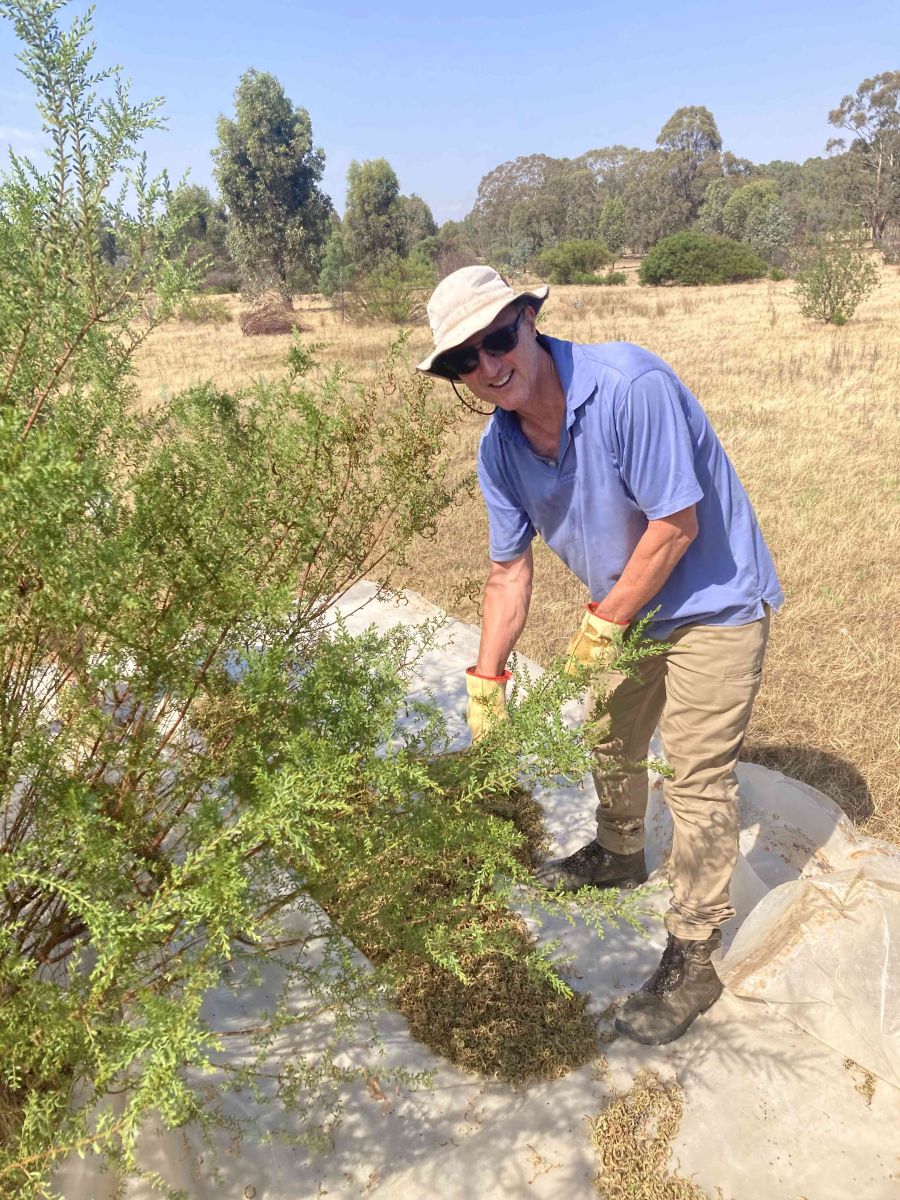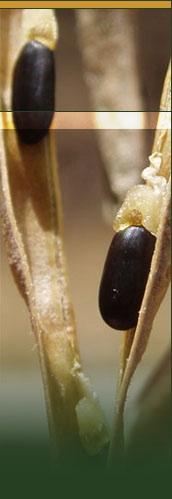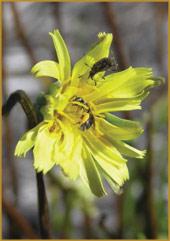The Ethics of Seed Collection
Permits and Permission
Depending upon the species you are collecting, you may need a permit to collect it if it is on the Threatened List under the Flora and Fauna Guarantee Act 1988 or listed under the EPBC Act. You may also need approval depending the land tenure (who owns or manages the land). On private land, permission is required from the landowner.
What permit or approval do you need to collect seed? This flowchart illustrates who to ask depending on the land tenure.
Regardless of the land tenure, please always follow the FloraBank Guidelines on seed collection.
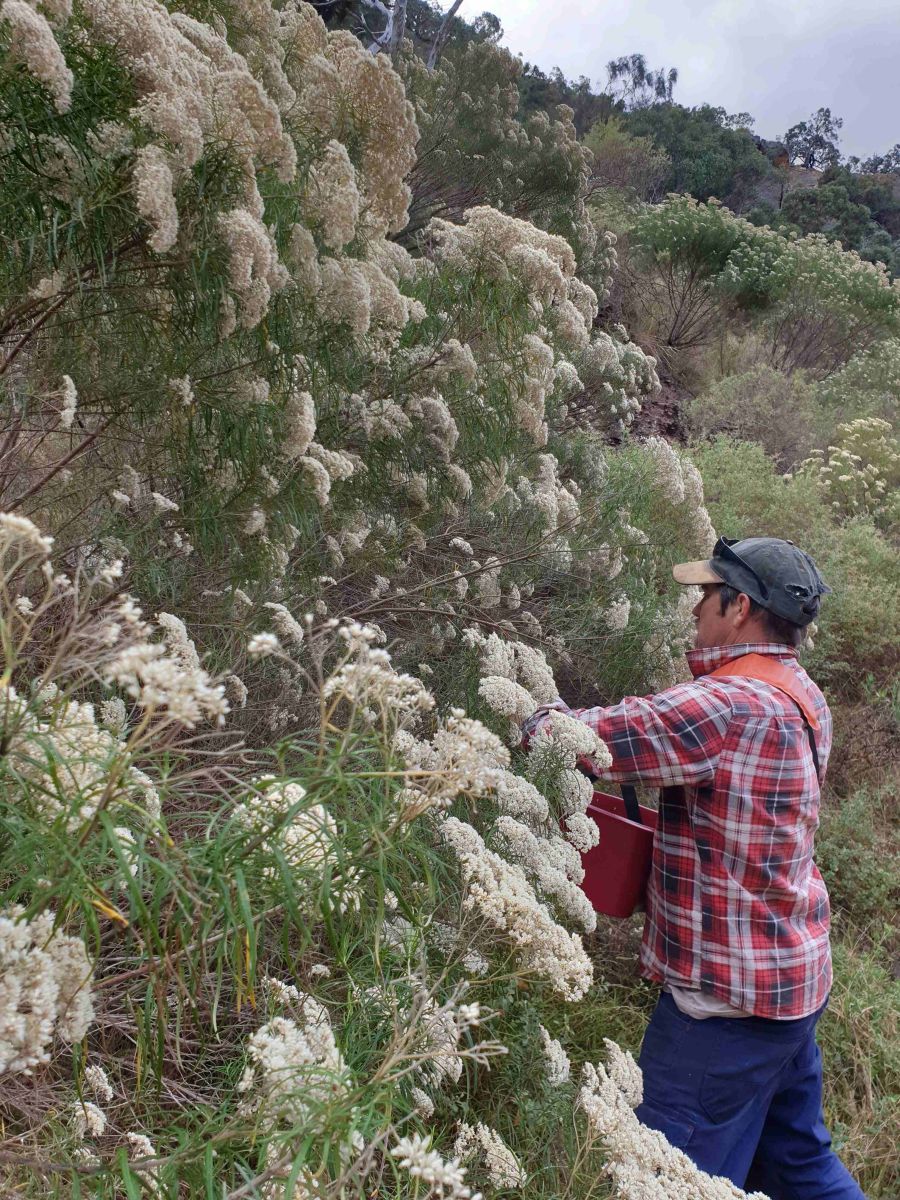
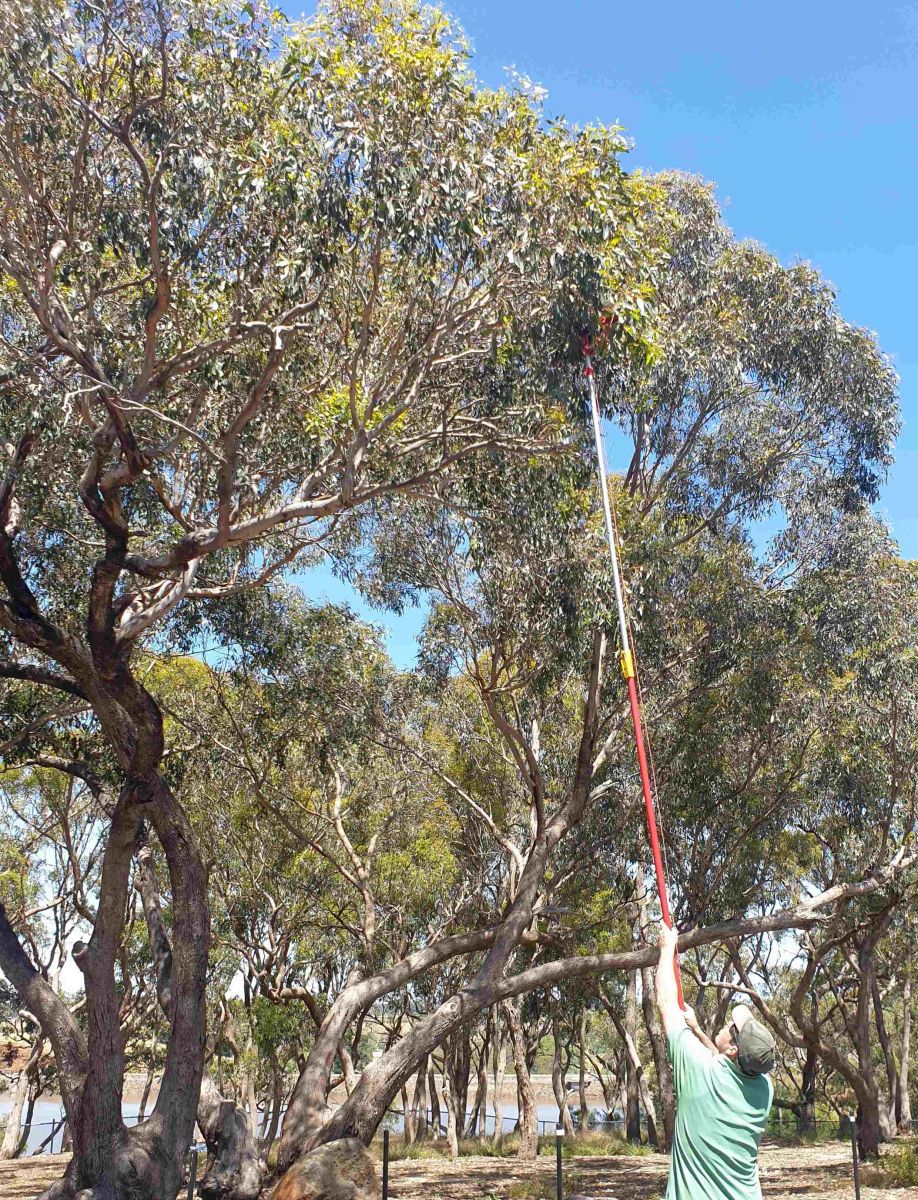
Environmental Care
Anyone who undertakes seed collection has a responsibility not only to the local environment but also to the rest of society and future generations.
That responsibility is to collect seed without damaging the local environment and still leave sufficient seed on the tree for other collectors, insects, animals and the tree itself.
Be aware of your environment, look down and do not over collect. Collect only the fruit and wherever possible don't damage the future years' crops ie flowers and buds.
A good rule is to collect no more than 10% of the seed present from any given plant. This should ensure that sufficient seed is left behind to service nature's purposes as well as other seed collectors in your area.
Cutting of complete branchlets may remove the plant's seed producing potential for many years.
Please ensure that you have an objective in mind in relation to your seed collection. Check with the seed bank to see if there is a need for the species if you are unsure in relation to collection.
Collection Ethics
The 10 steps to seed collection (adopted from "10 Commandments of Seed Collection", Lou Bull, Greening Australia, Albury)
- Identify the local species that grown in your area.
- Learn what species look like. Go to areas of native vegetation in late winter/early spring and learn what plants look like when they are flowering. Make your own small herbarium collection for future use in identification.
- Identify the areas where you can collect seed. Try to collect from other areas that are similar (eg: soil and species) to the area you will be revegetating. If it is on private land you will need the permission from the land manager, if it is on public land you will also need to obtain permission and additionally apply for a permit from the land manager (Like: Local Government, DELWP)
- Learn to recognise seed pods/fruit of your local species. Study the reference material and use good texts.
- Identify when the seed is ready to collect. Knowing when seed is mature does vary within plant species, observation and experience is the best teacher.
- Collect the seed. use buckets, paper bags, extension secateurs and sheets or tarps. AIM TO ONLY COLLECT 10% from a plant that is hopefully in a clump of 10-30 plus plants.
- Dry the seeds. Spread the seed pods out on trays or tarps and dry for about a week or until seed is easily seperated from fruit, this makes cleaning easier.
- Clean the seed. It is important to remove the seed from the pods to eliminate insects from the crop. Dry the seed for 4-6 days before storing in airtight container.
- Store and label the seed. Use screw top containers or airtight sealable bags, ensure all collection details are recorded on the label. Store out of the sunlight and preferably in constant low humidity. Check for insects.
- Use the seed. Hopefully seed collected will be used quickly. Storage conditions are not as critical for seed that will be used straight away.
OH&S
Please be aware of the hazards and risks involved as you go about your seed collection and cleaning activities, particularly in relation to insect and snake bites, heat stress, sunburn, working in isolation, dust etc. As the seed collector you are resonsible for all safety measures and insurance requirements which may be associated with your seed collection activities.
Safety is of paramount importance and amateur collectors should not be too ambitious in their collection activities. Think about safety and vary the precautions you take to suit local conditions, tree species and collection methods. Make sure that all equipment is in top condition and properly serviced. It is advisable to work as a team, wear safety goggles, appropriate clothes, safetyhat and footwear; and take a first aid kit. Seeds can often be collected safely from the ground or by using a stepladder, but if you plan to climb high trees, take extra care. For some people, tall trees may be too difficult to collect seed from safely and should be left to professional collectors. Defer to the experts or work with them when the going gets tough.
